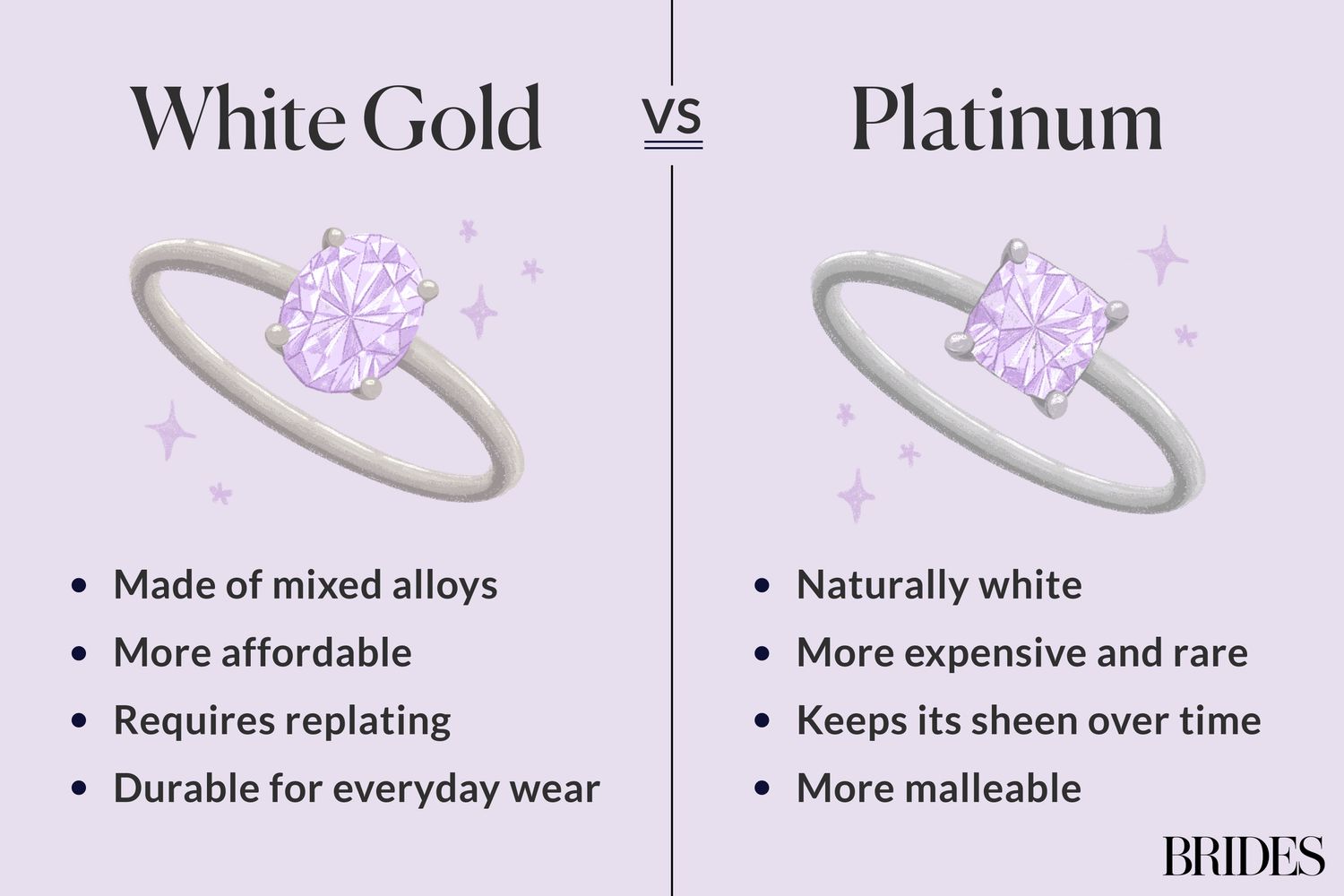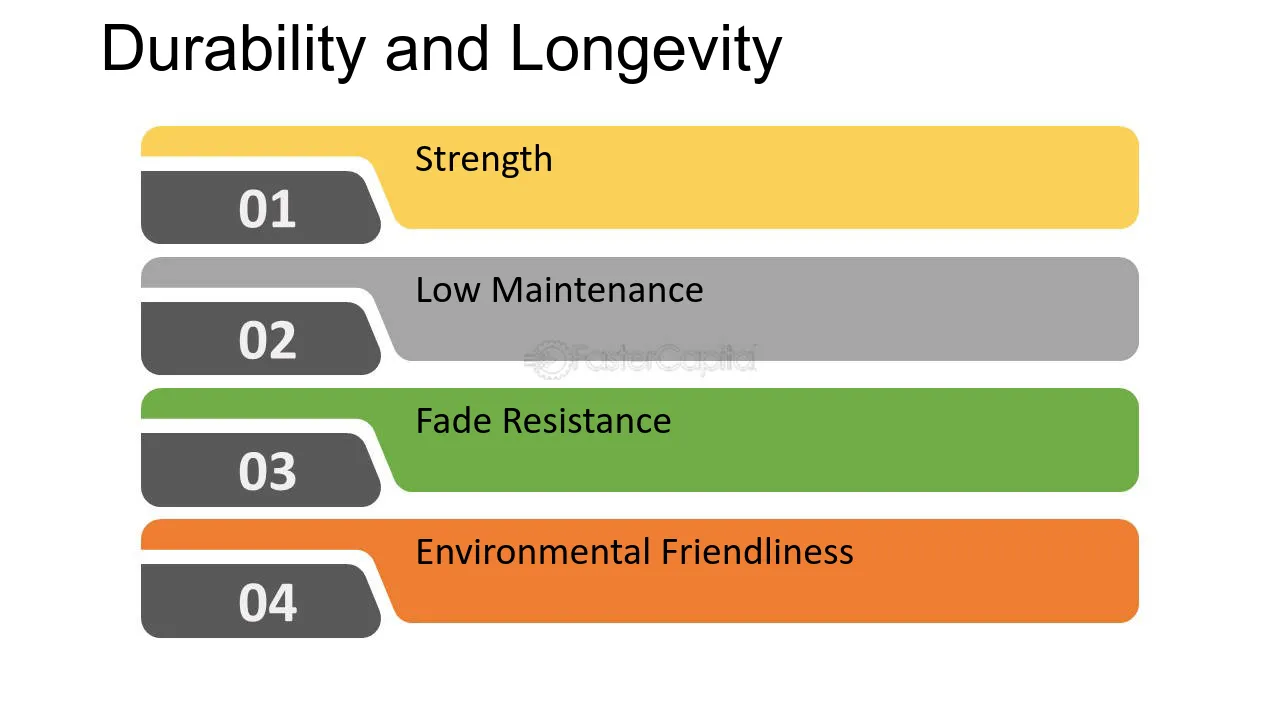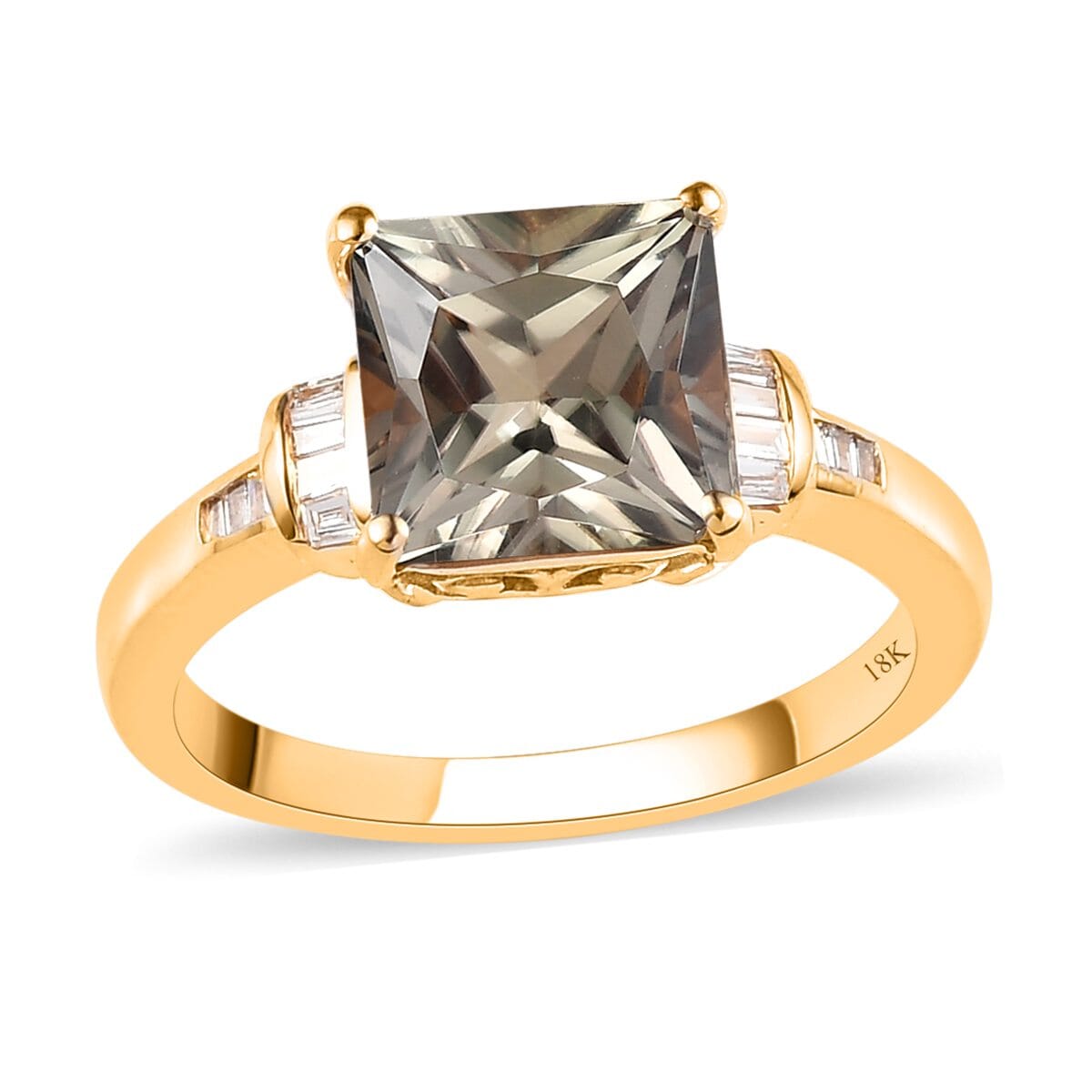Master the art of choosing between platinum vs white gold as you explore the unique qualities and benefits of each option. Understanding their differences can help you make an informed decision that reflects your personal style and investment goals.
Comprehensive Comparison of Platinum and White Gold
When deciding between platinum and white gold for jewelry, understanding the differences in their composition, appearance, and overall characteristics is crucial. Platinum vs white gold offers unique attributes suited for various styles and needs. This section will delve into several key aspects of these two precious metals, providing a thorough exploration of their features.
Composition Differences Between Platinum and White Gold
Platinum is a naturally occurring metal, typically found in a pure form. It is around 95% pure in most jewelry pieces, making it one of the densest and heaviest metals used in the fine jewelry industry. Its chemical properties contribute to its resistance to tarnish and corrosion.

In contrast, white gold is an alloy, primarily composed of yellow gold mixed with metals such as palladium, nickel, or silver to achieve a white hue. The composition can vary, but typical white gold jewelry is usually about 14k or 18k gold, meaning it contains either 58.3% or 75% gold, respectively. This alloying process can influence its characteristics and reactions to wear over time.
Visual Appeal and Design Considerations
When it comes to aesthetics, platinum vs white gold can present a distinct visual appeal. Platinum has a naturally silvery sheen that is muted and understated, giving it a sophisticated look that many find timeless. It also tends to develop a patina over time, which some wearers specifically enjoy for its unique character.
White gold, on the other hand, is often plated with rhodium to enhance its brightness and give it a reflective finish. This electroplating can wear off over time, requiring periodic re-plating to maintain its initial luster. The visual qualities make white gold an exciting option for contemporary designs, while platinum’s durability supports more intricate and artistic creations, allowing for detailed craftsmanship.
Understanding Longevity and Durability
The longevity and how these metals perform under day-to-day wear are significant factors to contemplate when choosing between them. Each metal has its own level of robustness and maintenance requirements.
Durability and Wear Resistance
In terms of durability, platinum vs white gold showcases significant differences. Platinum’s dense structure makes it incredibly strong and resistant to scratches. Although it may scratch, it does not lose the metal; instead, the scratched metal gets displaced, forming a patina that many find desirable as a natural sign of wear.

White gold, while durable due to its alloying with harder metals, can show scratches and denting over time. The rhodium plating can also wear off, exposing the yellow gold beneath, which may require maintenance to restore its original appearance. Hence, while both materials are durable, platinum generally requires less maintenance in the long run.
Maintenance Considerations for Long-Term Care
Caring for each metal involves different steps. Platinum vs white gold requires that you consider your lifestyle and the level of care you’re willing to provide. Platinum jewelry can be cleaned easily with mild soap and water, preserving its look without additional treatments or re-coating.
For white gold, maintenance can be more involved. Regular cleaning is necessary, similar to platinum, but re-plating every few years is often required to keep it looking its best. This aspect of maintenance can add to the long-term costs of ownership but can be done relatively easily at most jewelry stores.
Cost Analysis: Budgeting for Your Jewelry Choice
Understanding the price points of these two precious metals is essential when making a decision. Both metals offer varying costs influenced by factors such as purity, brand, and design complexity.
Price Comparison and Value for Money
In most markets, platinum tends to be more expensive than white gold. This higher cost can be attributed to its rarity and purity. While prices fluctuate based on market trends and demand, a piece of platinum jewelry often reflects a significant investment, which many believe is justified by its longevity and durability.
White gold typically comes at a more accessible price point, making it an attractive option for those looking to acquire fine jewelry without breaking the bank. However, it is important to consider that, while initial costs might be lower, the ongoing maintenance expenses for rhodium plating can affect overall value for money in the long term.

Resale Value and Investment Considerations
When considering future resale value, platinum vs white gold can present different outcomes. Platinum often retains a higher resale value relative to white gold due to its purity, demand, and durability. Investors seeking a lasting legacy or collectible pieces often favor platinum for its appreciation potential.
In contrast, white gold may have a lower resale value after accounting for the cost of rhodium plating and potential wear and tear. This doesn’t render it a poor choice but does require buyers to have realistic expectations about long-term value. Ultimately, whether you choose platinum or white gold, assessing both immediate costs and future outcomes is key to making an informed decision.
Allergen Considerations in Choosing Your Jewelry
For many, potential allergens in jewelry can dictate choices in metals. Awareness about skin sensitivities can help inform which material may be most suitable for an individual’s needs.
Allergic Reactions and Metal Sensitivities
When considering platinum vs white gold, it is important to note that platinum is hypoallergenic, meaning it rarely causes allergic reactions. This characteristic makes platinum an excellent choice for individuals with sensitive skin or allergies to nickel, a common metal alloy found in some white gold mixes.
White gold may contain nickel, which is known to cause allergic reactions for some people. Hence, those with sensitivities should carefully check the alloy composition when selecting white gold jewelry. For individuals prone to skin reactions, exploring nickel-free white gold alternatives that utilize other alloys may be beneficial.
Making an Informed Decision for Skin Health
Choosing the right metal for jewelry not only influences style but also impacts comfort and health. Many consumers prefer platinum for its low allergenic risk, making it ideal for everyday wear.

However, those with a fondness for white gold can still enjoy their jewelry by selecting items that explicitly state they’re nickel-free or hypoallergenic. Understanding these factors can help you make a thoughtful choice that balances both aesthetics and your skin’s health needs.
By navigating through the facets of platinum vs white gold, buyers can make choices that reflect their personal preferences, budgetary constraints, and health considerations. Each element helps ensure a satisfying jewelry investment that will be cherished for years to come.
Shop for a deeper understanding of platinum vs white gold and their unique advantages in fine jewelry. This guide empowers you with the knowledge needed to make informed choices, ensuring a rewarding experience in selecting your perfect pieces.
